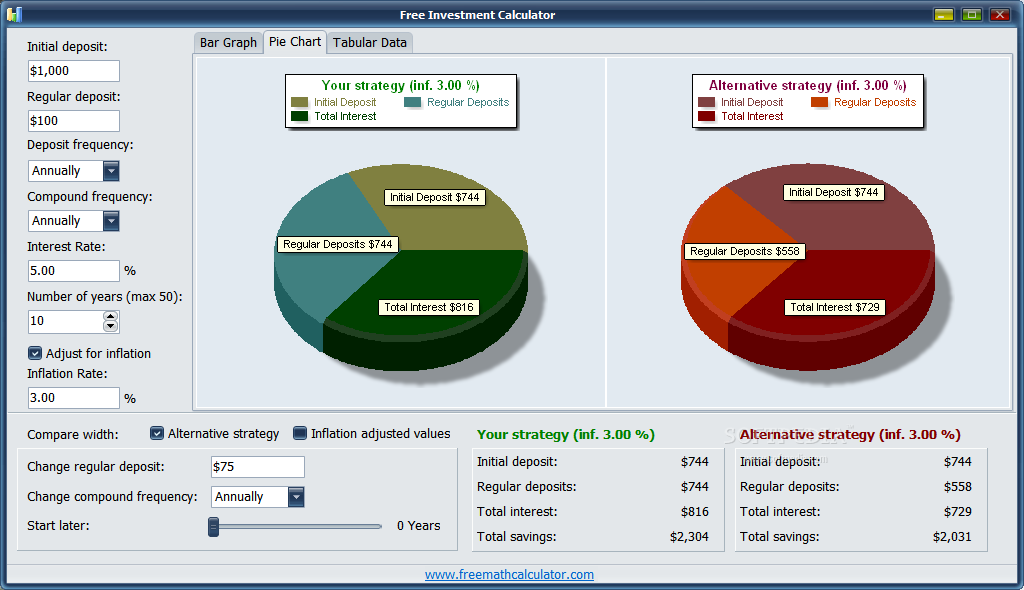

When using the steps to calculate APR, it's helpful to find and record each factor of the borrowing agreement so that you can substitute it into the equation. Related: 8 essential business manager skills APR formula Companies may use this figure as a universal comparison across offers. Don't include compounding interest in APR calculations because it's not one of these charges or fees. This includes all charges or fees incurred, whether accumulated as an extra charge, a fee for paying late, closing costs or for general administrative purposes.

When an institution lends money, it calculates the associated cost through APR as a comprehensive collection of all borrowing costs. The APR accounts for the total amount of money borrowed from a financial institution over the course of a year. Related: Auditor skills for ensuring financial accuracy and transparency What is APR? Multiply the final number by 100 to convert your answer to a percentage Multiply the total by 365 or the number of days in one year To accurately calculate the APR, use these steps:Īdd the administrative fees to the interest amountĭivide by the total number of days in the loan term While it's unnecessary to account for compounding interest when you calculate APR, banks and financial institutions use it to calculate annual percentage yield (APY) and compare that number with the APR of an amount. To calculate the APR of a loan, consider the principal amount, the number of years on the loan, the interest and any extra charges such as processing fees.
#Apr finance calculator how to
In this article, we discuss what APR is, review how it relates to other financial terms and explain how to calculate APR. Understanding what APR is and how to calculate it accurately can benefit your financial portfolio when borrowing money from a financial institution. Financial professionals calculate this percentage by factoring in the interest rate and the total loan amount over 365 days, along with fees associated with the loan process.

When a financial institution lends money to its patrons, it makes a profit by charging a percentage of the money borrowed, called the annual percentage rate (APR).


 0 kommentar(er)
0 kommentar(er)
